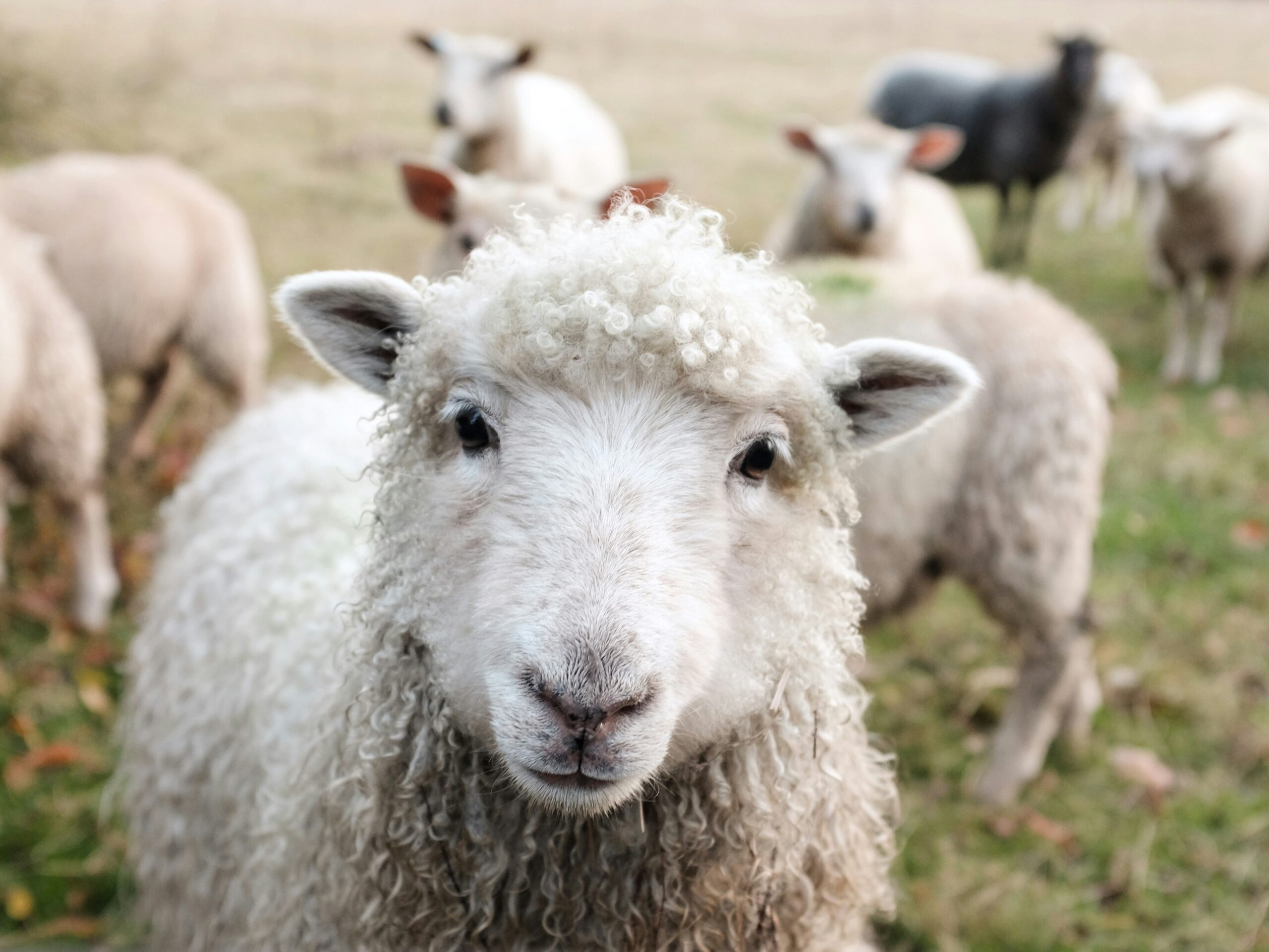
By Candice Blom, Humane World For Animals
Background
Live animal export by sea is a controversial and inherently harmful practice that raises serious concerns across multiple domains – most notably animal welfare, but also environmental sustainability, economic justice and social equity. It involves the long-distance transport of large numbers of animals – mainly cattle and sheep – under conditions that consistently fall below acceptable standards for humane treatment.
The practice continues despite mounting evidence that animals suffer intensely during these voyages. As far back as 1995, the Australian Select Committee on Animal Welfare concluded:
‘There is little doubt that sheep suffer during the journey from farm … to an abattoir in the Middle East … If a decision were to be made on the future of trade purely on animal welfare grounds, there is enough evidence to stop the trade.’
As Australia has moved to restrict such exports due to ongoing welfare exposés and regulatory tightening, the trade has shifted to jurisdictions with weaker protections, such as South Africa. This shift undermines global progress in animal welfare and introduces new harms into the local context.
Animal welfare concerns
Transporting animals by sea – particularly from South Africa to the Middle East or Mauritius – entails long voyages (typically around 21 days) across the equator, exposing animals to extreme heat and humidity. These journeys involve high stocking densities, inadequate ventilation and waste accumulation that impair animals’ ability to thermoregulate, breathe, eat and rest.
Common outcomes include:
- Heat stress, dehydration, injuries and respiratory illnesses
- Lack of access to clean food and water
- Build-up of ammonia and carbon dioxide leading to respiratory distress
- Faecal contamination (known as ‘faecal jackets’) that masks injuries and impedes recovery
- Thirst, starvation and disease from contaminated resources
- High mortality rates (commonly 1% to 2%) – amounting to hundreds or even thousands of animals per voyage
Despite these realities, the South African Department of Agriculture, Land Reform & Rural Development (DALRRD) has introduced draft regulations and non-binding welfare guidelines, rather than prohibiting the practice outright. This regulatory approach contradicts both scientific consensus and the intent of South Africa’s Animals Protection Act, which makes it an offence to:
‘convey, carry, confine, or restrain any animal under conditions or for such a period of time… as to cause unnecessary suffering‘
Moreover, DALRRD’s endorsement of live export arguably places the department in breach of its mandate to protect animal welfare, introducing new harms and legal contradictions.
Disasters at sea
Live export has a documented history of catastrophic failures:
- In 1996, the Uniceb caught fire and sank in the Indian Ocean, killing 67,000 sheep.
- In 2003, 6,000 sheep perished after Saudi Arabia rejected a shipment.
- Generators have failed on ships, causing mass suffocation.
- Disease outbreaks on board can lead to entire shipments being lost.
These tragedies are not rare outliers. Rather, they highlight systemic risks inherent to the trade.
Environmental and resource concerns
Live animal export strains South Africa’s fragile ecosystems:
- Land degradation: Overstocking for export leads to soil erosion and biodiversity loss.
- Water stress: Livestock production is extremely water-intensive in a water-scarce country.
- Pollution: Manure, feed and drugs used during transport pollute land and ocean ecosystems.
- Waste disposal: Ships discharge waste directly into the ocean, contributing to marine pollution.
The infrastructure used to transport animals – trucks, ports and fuel – also increases carbon emissions and contributes to climate change.
Economic and social impacts
Proponents of live export claim economic benefits, but these claims do not withstand scrutiny:
- Low value, high risk: South Africa exports live animals at low value, bypassing opportunities to generate jobs through local slaughter, processing and packaging.
- No benefit to small farmers: The trade is dominated by large companies like Al Mawashi, with small-scale farmers often excluded from profits or decision-making.
- Market disruption: Export distortions impact local meat markets and food security.
- Job losses: Several abattoirs have cited reduced slaughter numbers and job losses linked to live export.
- Resource inefficiency: Feeding and preparing animals for export diverts water and feed away from domestic use.
Reputational and ethical risks
South Africa’s continued support of live animal export exposes it to increasing international condemnation. Countries with higher welfare standards may restrict trade, damaging South Africa’s agricultural brand. Furthermore:
- South Africa scores an ‘E; on the World Animal Protection Index (WAPI).
- Many Middle Eastern importing countries score even lower – ‘F’ or ‘G’ – raising serious concerns about post-arrival treatment and slaughter practices.
Footage from previous investigations shows horrific abuse, including animals beaten, kicked, and slaughtered while fully conscious. The global ethical shift toward humane sourcing makes it risky for South Africa to entrench itself in an outdated and abusive industry.
Legal and regulatory status
Despite overwhelming opposition during public consultation on the guidelines, six shipments from South Africa to the Middle East have occurred between 2020 and 2025 and shipments to Mauritius continue every few weeks.
Draft regulations have been gazetted (August 2025 deadline for comment), but they do not meaningfully mitigate the harms. Instead, they normalise suffering.
The path forward: Ban, don’t regulate
South Africa must not attempt to regulate an inherently cruel trade. The evidence is overwhelming: live export by sea cannot be conducted humanely. Alternatives exist – such as exporting chilled meat or plant-based agricultural products – that protect both animals and people, while contributing to ethical and sustainable economic development.
This moment calls for courage, compassion and alignment with the best of scientific understanding. South Africa must ban live export by sea.
